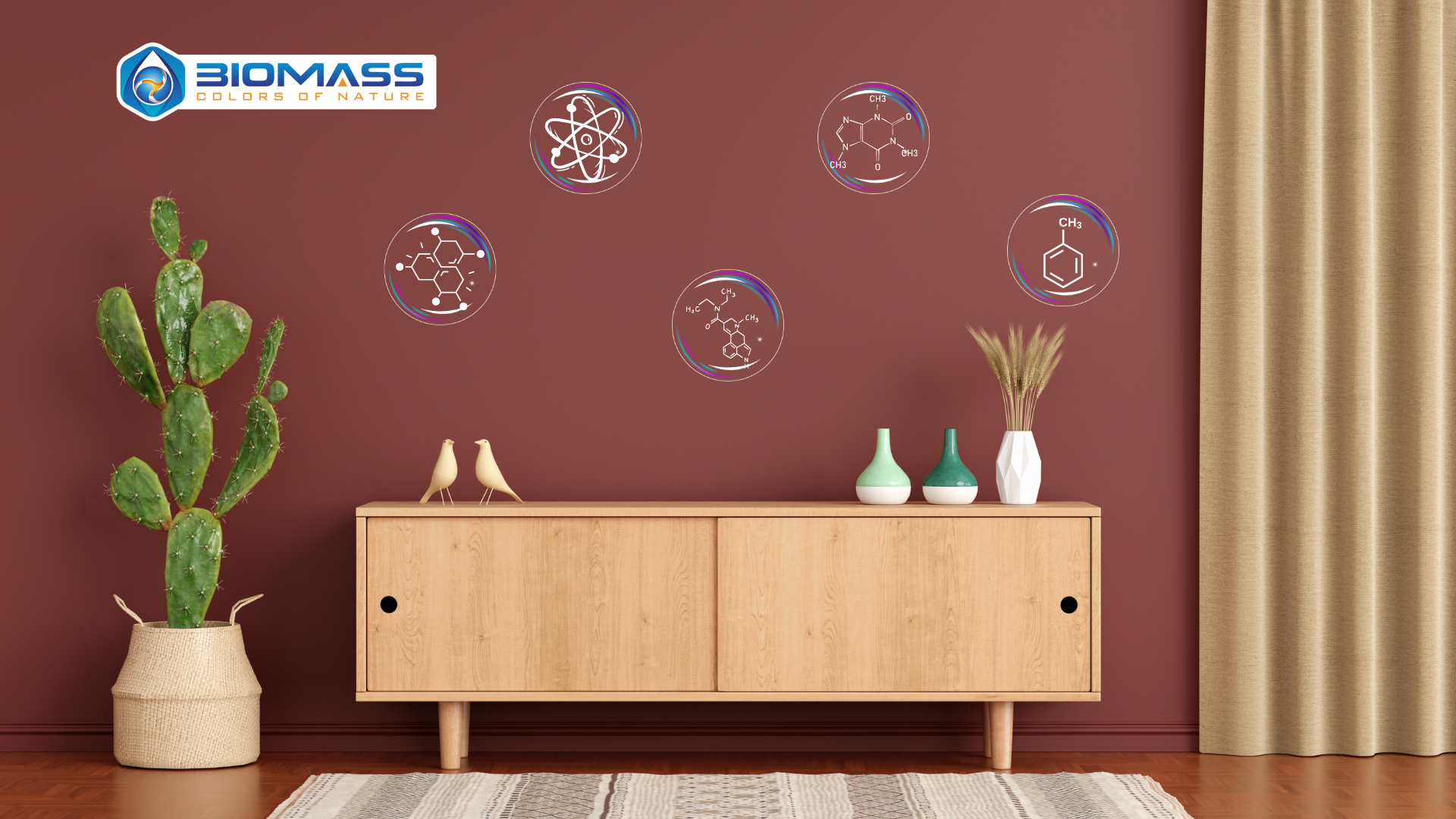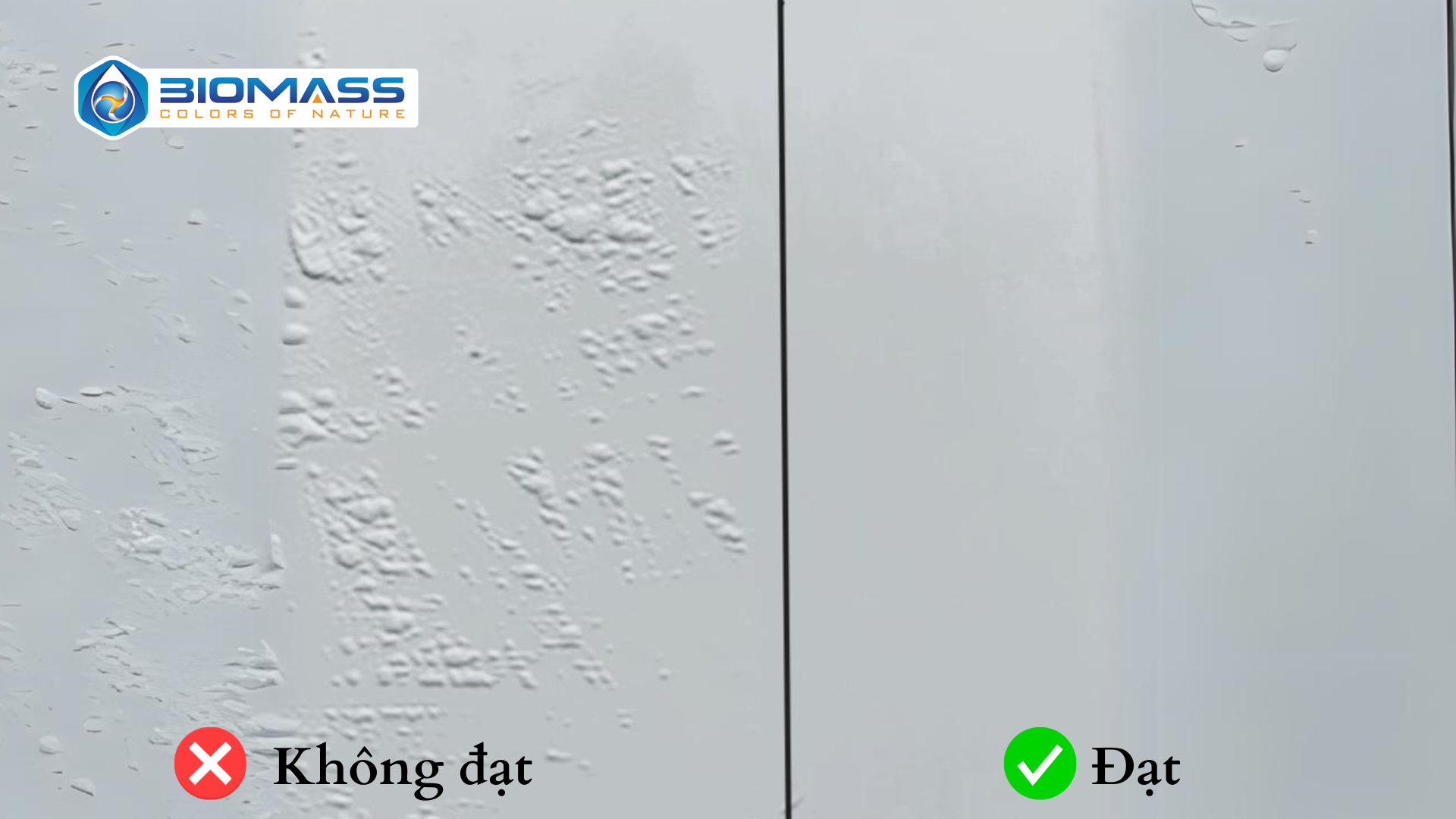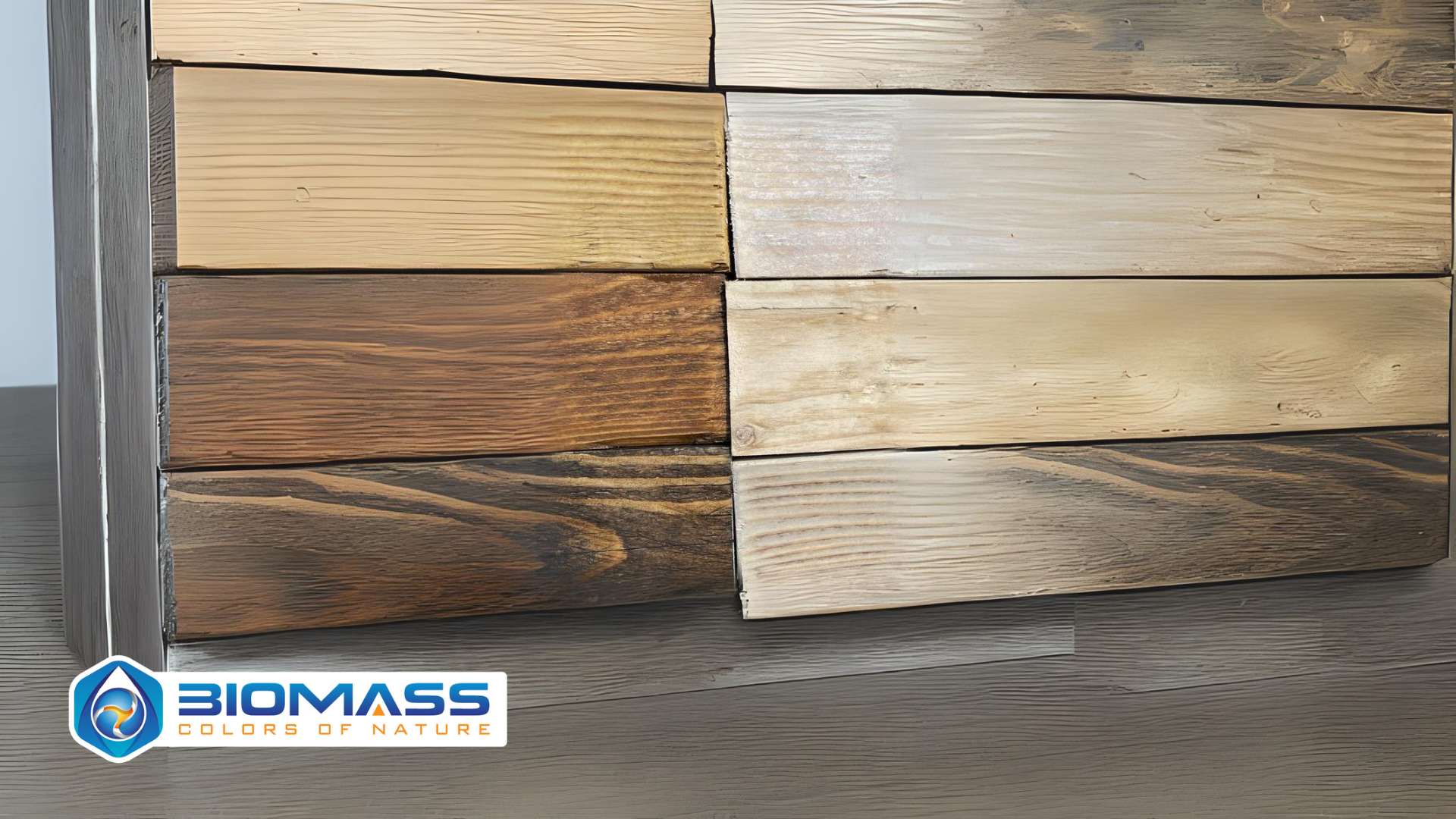Tin Biomass
Wood Coatings – How to test the quality of wood ?
Wood coatings are important steps in protecting wood from external factors. These factors include termites, weather, and humidity. Additionally, a good wood coating helps enhance hardness and thickness. As a result, wood products gain a sturdy protective layer that prevents scratches and cracks. But how do you know which paint is good? What are the basic essential standards that wood coatings should have? This article will focus on finding answers to these two questions.
What Makes a Good Wood Coatings?
How to Test the Quality of Wood Coatings?
To identify a good product, checking the quality of the paint is more important than ever. The tests include ingredient inspection, water resistance testing, and fade resistance testing.
Inspecting Wood Coatings Ingredients
Creating a complete wood paint requires the inclusion of many different components, such as color, resin, alcohol, and solvents. In the paint industry, these components are strictly regulated. Therefore, a good paint will have quality ingredients that are safe for health.
Particularly, it should limit harmful substances such as Benzene, Butyl, Ethylene, and Toluene. These substances not only create high TVOC levels but also significantly impact human health. They are agents that cause diseases such as cancer, ovarian atrophy, respiratory allergies, and eye allergies. These substances are often found in varnish, PU, and NC coatings.
How to Inspect Ingredients:
- Send Samples to Research Institutes: Submit samples to research institutes to analyze the composition and check for toxic ingredients.
- Rely on Achieved Standards: Look for certifications that the paint has achieved, such as Green Guard Gold, IOS-MAT, IKEA, ROHS, and REACH. These are top standards certifying the safety and quality of wood coatings in the industry.
Testing Water Resistance on wood surface after applying coatings
Water resistance is a crucial factor in wood coatings. It helps the wood avoid blistering, warping, or rotting when exposed to water for prolonged periods. However, testing this requires exposing samples to rain or artificial waterfalls for a week, which can be time-consuming and costly. Therefore, the TCVN 8652-2:2012 wood paint testing process is used as follows:
- Prepare Samples: Prepare four wood sample panels that have been painted on both sides and edges.
- Immerse Samples: Submerge the four samples in a water tank, ensuring the water level is 3 cm above the samples. The water temperature should be (27 ± 2)℃. Place the samples in a vertical position.
- Duration: Soak the samples for 480 hours for outdoor wood and 240 hours for indoor wood.
- Evaluate Results: After soaking, remove the samples from the water tank. If 2 out of the 4 samples do not blister, the paint meets the water resistance standard. If 3 out of the 4 samples blister, the result is considered a failure.
Testing Sunlight Resistance and Fade Resistance
In addition to water resistance, sunlight resistance is equally important. Sunlight can cause wood to fade faster, and intense sunlight can lead to cracking. Therefore, a good paint not only enhances the color of the wood but also slows down the fading process of outdoor wood.
Testing Method Wood Coatings after applying:
- Prepare Samples: Prepare two wooden panels that have been painted with all necessary layers for outdoor use, ensuring both sides and edges are thoroughly coated.
- Use Professional Equipment: Prepare professional fade resistance testing machines such as the VF8700, or alternatively, a UV testing machine.
- Testing Duration:
- For UV testing machines, place the samples for 500-1000 hours.
- For the VF8700 machine, place the samples for 24-48 hours.
- Evaluate Results: After the testing period, remove the samples and inspect them. If the samples have not faded more than 30-50%, the paint meets the standard. Conversely, if the samples fade more than 50%, the paint fails the test.
Conclusion
In summary, a good wood paint is one that provides effective protection for wood products. To test the quality of the paint, one should rely on the certifications achieved by the manufacturer and various other tests. Recently, water-based wood paint Biomass has passed these tests. Additionally, it has other international certifications ensuring the products quality and health safety. However, even the best paints have a limited shelf life. Therefore, besides choosing a good paint, proper maintenance of the wood after painting is also essential.
BIOMASS – FOR THE HEALTH OF EVERY VIETNAMESE FAMILY
BIOMASS – A PART OF INTERNATIONAL BIOCHEM JOINT STOCK COMPANY
- 66, Street No 1, Block 1, Tân Phong Ward, District 7, Hochiminh City.
- Tel: (+84-28) 3620 4207 | 3620 4208
- Fax: (+84-28) 3620 4206
- Website Biochem: www.biochem.vn
- Website Biomass: www.biomasscoating.com
- Email: contacts@biomasscoating.com






